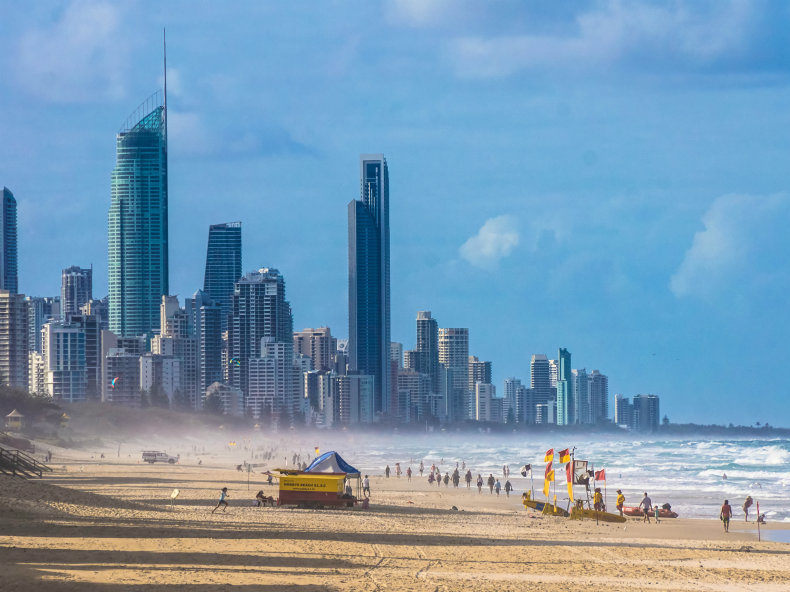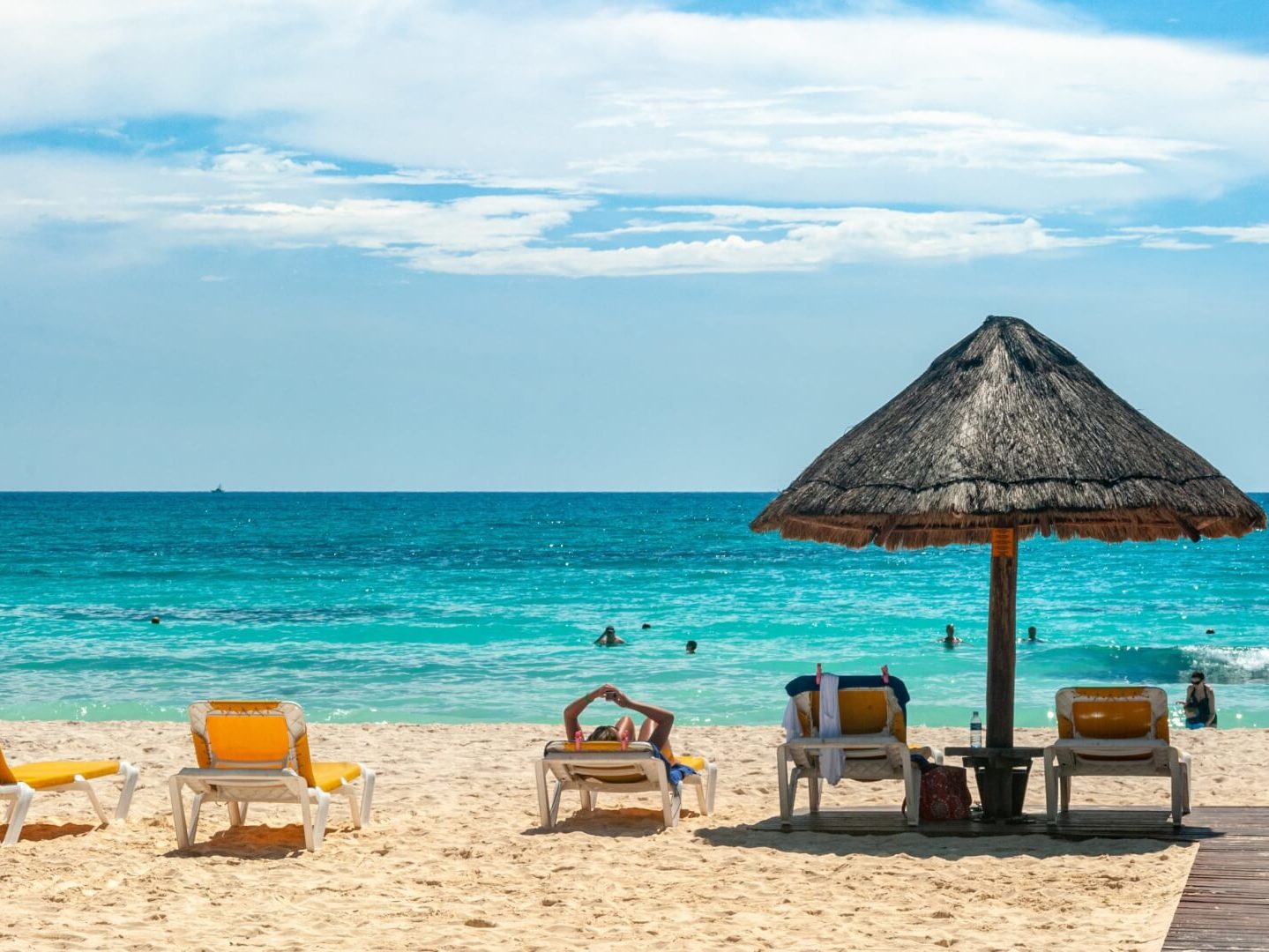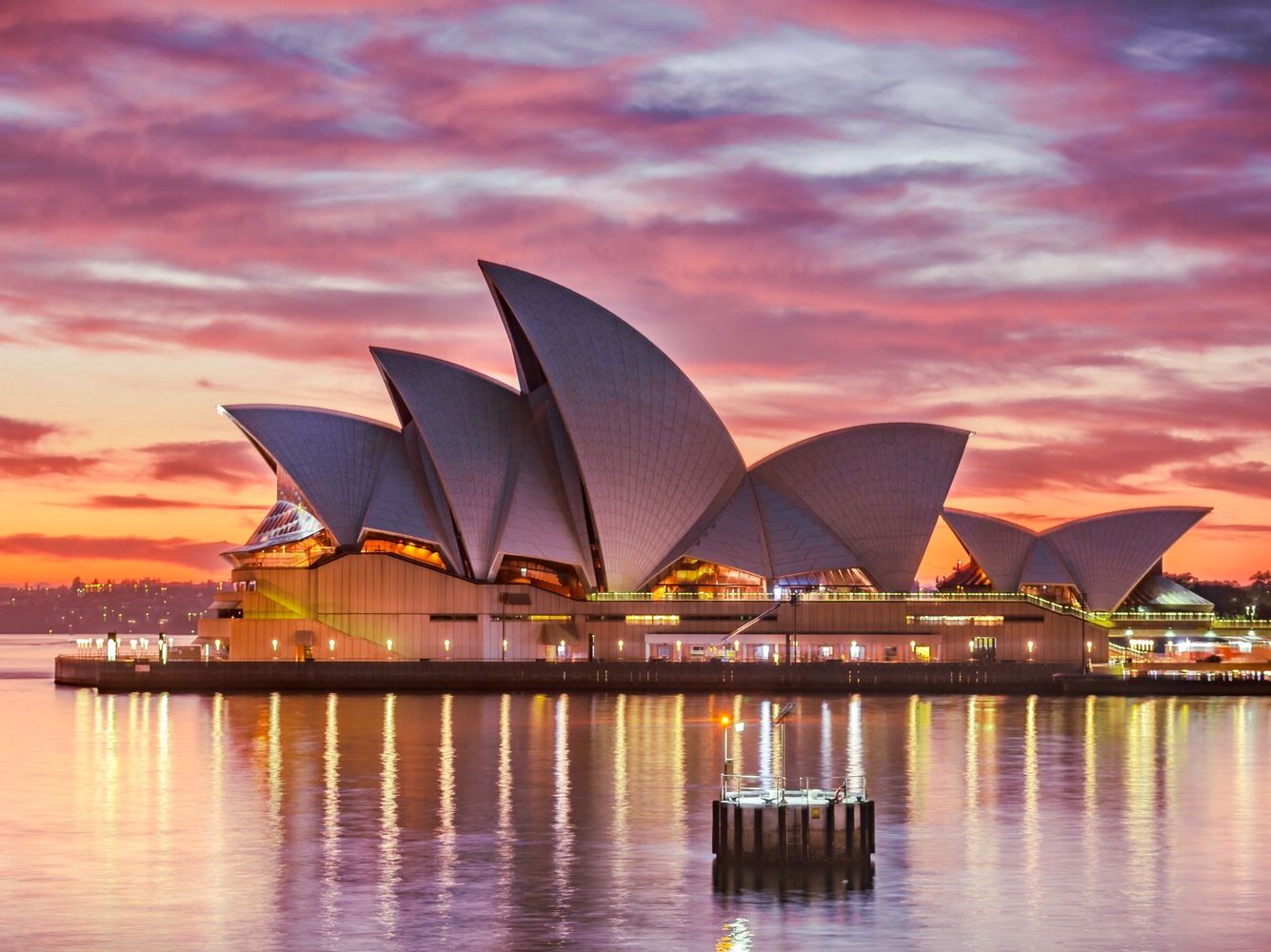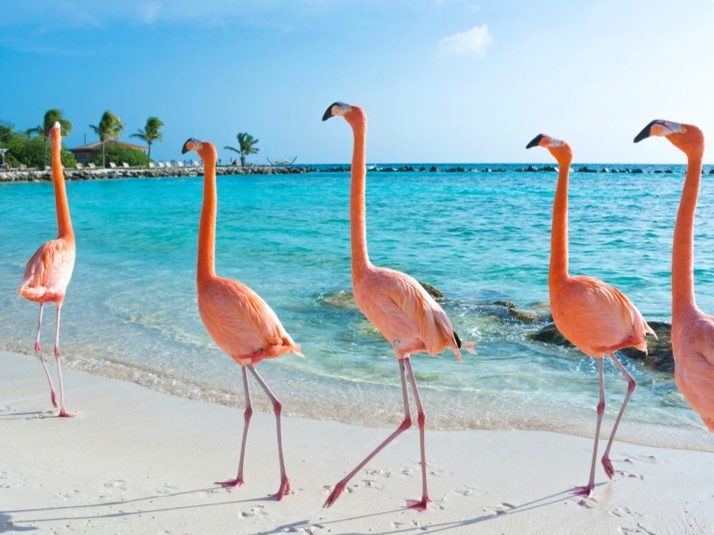Toronto
Toronto is the capital city of the Canadian province of Ontario. With a recorded population of 2,794,356 in 2021, it is the most populous city in Canada and the fourth most populous city in North America. The city is the anchor of the Golden Horseshoe, an urban agglomeration of 9,765,188 people (as of 2021) surrounding the western end of Lake Ontario, while the Greater Toronto Area proper had a 2021 population of 6,712,341. Toronto is an international centre of business, finance, arts, and culture, and is recognized as one of the most multicultural and cosmopolitan cities in the world.
Etymology
The word Toronto was recorded with various spellings in French and English, including Tarento, Tarontha, Taronto, Toranto, Torento, Toronto, and Toronton. Taronto referred to “The Narrows”, a channel of water through which Lake Simcoe discharges into Lake Couchiching where the Huron had planted tree saplings to corral fish. This narrows was called tkaronto by the Mohawk, meaning “where there are trees standing in the water,” and was recorded as early as 1615 by Samuel de Champlain. The word “Toronto”, meaning “plenty” also appears in a 1632 French lexicon of the Huron language, which is also an Iroquoian language. It also appears on French maps referring to various locations, including Georgian Bay, Lake Simcoe, and several rivers. A portage route from Lake Ontario to Lake Huron running through this point, known as the Toronto Carrying-Place Trail, led to widespread use of the name.
Geography
Toronto covers an area of 630 square kilometres (243 sq mi), with a maximum north–south distance of 21 kilometres (13 mi). It has a maximum east–west distance of 43 km (27 mi) and it has a 46-kilometre (29 mi) long waterfront shoreline, on the northwestern shore of Lake Ontario. The Toronto Islands and Port Lands extend out into the lake, allowing for a somewhat sheltered Toronto Harbour south of the downtown core. An Outer Harbour was constructed southeast of downtown during the 1950s and 1960s and it is now used for recreation. The city’s borders are formed by Lake Ontario to the south, the western boundary of Marie Curtis Park, Etobicoke Creek, Eglinton Avenue and Highway 427 to the west, Steeles Avenue to the north and the Rouge River and the Scarborough–Pickering town line to the east.
Public spaces
Toronto has a diverse array of public spaces, from city squares to public parks overlooking ravines. Nathan Phillips Square is the city’s main square in downtown, contains the 3D Toronto sign, and forms the entrance to City Hall. Yonge–Dundas Square, near City Hall, has also gained attention in recent years as one of the busiest gathering spots in the city. Other squares include Harbourfront Square, on the Toronto waterfront, and the civic squares at the former city halls of the defunct Metropolitan Toronto, most notably Mel Lastman Square in North York. The Toronto Public Space Committee is an advocacy group concerned with the city’s public spaces. In recent years, Nathan Phillips Square has been refurbished with new facilities, and the central waterfront along Queen’s Quay West has been updated recently with a new street architecture and a new square next to Harbourfront Centre.
In the winter, Nathan Phillips Square, Harbourfront Centre, and Mel Lastman Square feature popular rinks for public ice-skating. Etobicoke’s Colonel Sam Smith Trail opened in 2011 and is Toronto’s first skating trail. Centennial Park and Earl Bales Park offer outdoor skiing and snowboarding slopes with a chairlift, rental facilities, and lessons. Several parks have marked cross-country skiing trails.
There are many large downtown parks, which include Allan Gardens, Christie Pits, Grange Park, Little Norway Park, Moss Park, Queen’s Park, Riverdale Park and Trinity Bellwoods Park. An almost hidden park is the compact Cloud Gardens,[139] which has both open areas and a glassed-in greenhouse, near Queen and Yonge. South of downtown are two large parks on the waterfront: Tommy Thompson Park on the Leslie Street Spit, which has a nature preserve, is open on weekends; and the Toronto Islands, accessible from downtown by ferry.
Large parks in the outer areas managed by the city include High Park, Humber Bay Park, Centennial Park, Downsview Park, Guild Park and Gardens, Sunnybrook Park and Morningside Park. Toronto also operates several public golf courses. Most ravine lands and river bank floodplains in Toronto are public parklands. After Hurricane Hazel in 1954, construction of buildings on floodplains was outlawed, and private lands were bought for conservation. In 1999, Downsview Park, a former military base in North York, initiated an international design competition to realize its vision of creating Canada’s first urban park. The winner, “Tree City”, was announced in May 2000. Approximately 8,000 hectares (20,000 acres), or 12.5 percent of Toronto’s land base is maintained parkland.[141] Morningside Park is the largest park managed by the city, which is 241.46 hectares (596.7 acres) in size.
In addition to public parks managed by the municipal government, parts of Rouge National Urban Park, the largest urban park in North America, is in the eastern portion of Toronto. Managed by Parks Canada, the national park is centred around the Rouge River and encompasses several municipalities in the Greater Toronto Area.
Tourism
The Royal Ontario Museum is a museum of world culture and natural history. The Toronto Zoo is home to over 5,000 animals representing over 460 distinct species. The Art Gallery of Ontario contains a large collection of Canadian, European, African and contemporary artwork, and also plays host to exhibits from museums and galleries all over the world. The Gardiner Museum of ceramic art is the only museum in Canada entirely devoted to ceramics, and the Museum’s collection contains more than 2,900 ceramic works from Asia, the Americas, and Europe. The city also hosts the Ontario Science Centre, the Bata Shoe Museum, and Textile Museum of Canada.
Technology
Toronto is a large hub of the Canadian and global technology industry, generating $52 billion in revenues annually. In 2017, Toronto tech firms offered almost 30,000 jobs which is higher than the combination of San Francisco Bay area, Seattle and Washington, D.C. The area bound between the Greater Toronto Area, the Kitchener-Waterloo region and the City of Hamilton was termed a “digital corridor” by the Branham Group,[184] a region highly concentrated with technology companies and jobs similar to Silicon Valley in California. It is the third largest center for information and communications technology in North America, coming in behind New York City and Silicon Valley, with over 168,000 people and 15,000 companies working in the Toronto technology sector alone. Toronto is also home to a large startup ecosystem. In 2013, the city was ranked as the 8th best startup scene in the world and 3rd when it came to performance and support.
Language
English is the predominant language spoken by Torontonians with approximately 95 per cent of residents having proficiency in the language, although only 54.7 per cent of Torontonians reported English as their mother tongue. English is one of two official languages of Canada, with the other being French. Approximately 1.6 per cent of Torontonians reported French as their mother tongue, although 9.1 per cent reported being bilingual in both official languages. In addition to services provided by the federal government, provincial services in Toronto are available in both official languages as a result of the French Language Services Act. Approximately 4.9 per cent of Torontonians reported having no knowledge in either of the official languages of the country.
Because the city is also home to many other languages, municipal services, most notably its 9-1-1 emergency telephone service, is equipped to respond in over 150 languages. In the 2001 Canadian Census, the collective varieties of Chinese, and Italian are the most widely spoken languages at work after English. Approximately 55 per cent of respondents who reported proficiency in a Chinese language reported knowledge in Mandarin in the 2016 census.
Categories: North America
More Lifehack Videos





